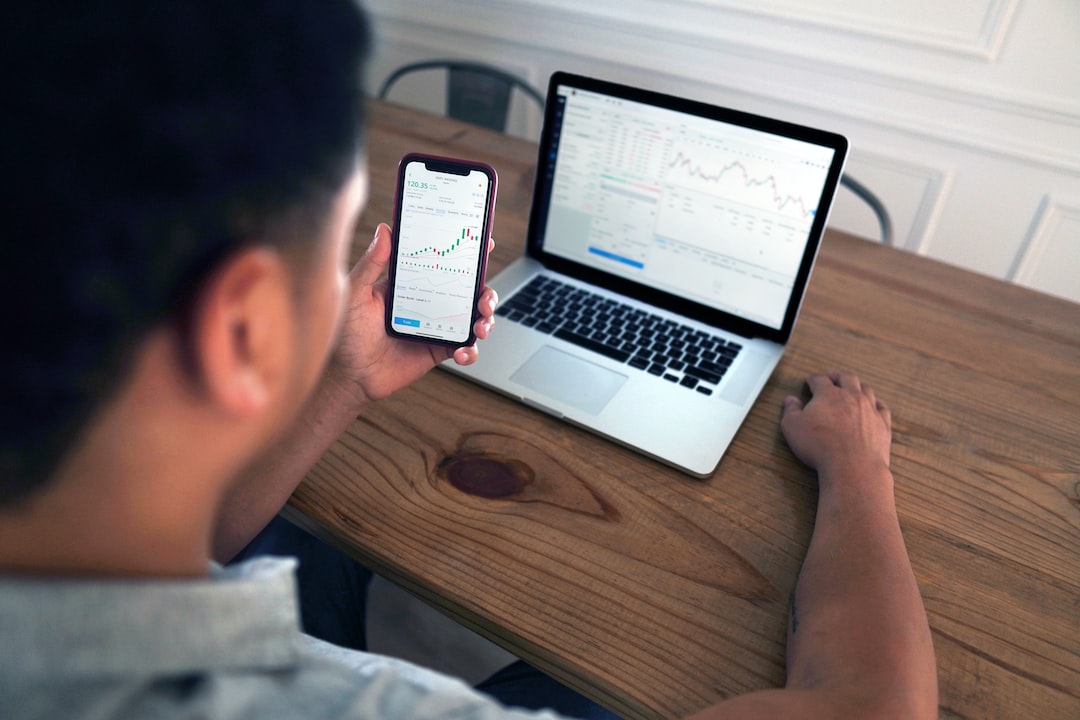In today’s digital world, having a website is crucial for businesses to succeed. However, simply having a website is not enough. It is important to design your website with user experience (UX) in mind to maximize its conversion rate. UX design focuses on creating a positive experience for users, leading them to take desired actions on your website. In this blog post, we will discuss how you can optimize your website’s conversion rate with effective UX design strategies.
1. Understand Your Target Audience:
One of the first steps in designing an optimized user experience is to understand your target audience. Conduct thorough research to identify their needs, preferences, and behaviors. This information will guide your decision-making process throughout the design process.
2. Create a Clear and Compelling Call-to-Action:
A call-to-action (CTA) is a crucial element of any high-converting website. It directs users towards the desired action, be it buying a product, subscribing to a newsletter, or filling out a contact form. Make sure your CTA stands out on the page and uses clear, concise language that entices users to take action.
3. Optimize Page Load Speed:
In today’s fast-paced world, users expect websites to load quickly. A slow loading website can frustrate users and increase bounce rates. To prevent this, optimize your website’s load speed by minimizing file sizes, enabling browser caching, and using a content delivery network (CDN). User-friendly websites load quickly and keep users engaged.
4. Keep the Design Simple and Intuitive:
Complex and cluttered designs can confuse and overwhelm users, leading to higher bounce rates and lower conversion rates. Keep your website’s design simple, intuitive, and easy to navigate. Use clear headings, meaningful icons, and logical site structure to guide users seamlessly through your website.
5. Use High-Quality Visuals:
Visuals play a significant role in user experience and can greatly impact how users perceive your website and brand. Use high-quality images, videos, and graphics that are relevant to your content and create a positive impression. Visuals can capture users’ attention, retain their interest, and ultimately increase conversion rates.
6. Optimize for Mobile Devices:
In the age of smartphones, ensuring your website is optimized for mobile devices is essential. Mobile-friendly websites have better user experiences, higher rankings in search engine results, and improved conversion rates. Use responsive design techniques to ensure your website looks and functions seamlessly across different screen sizes.
7. Implement Effective Navigation:
Navigation is crucial for guiding users through your website. A well-structured navigation menu and clear links ensure users can easily find what they are looking for. Use descriptive labels and intuitive iconography to make navigation user-friendly. Additionally, provide easy access to important pages like the homepage, product pages, and contact information.
8. Incorporate Social Proof:
Social proof is a powerful persuasion technique that can greatly influence users’ decision-making process. Include testimonials, reviews, case studies, and social media mentions on your website to build trust and credibility. Social proof can boost users’ confidence in your brand and encourage them to convert.
9. Ensure Clear and Concise Messaging:
Your website’s messaging should be clear, concise, and compelling. Use well-crafted headlines and concise copy to convey your value proposition and highlight the benefits of your product or service. Users should be able to understand what your website offers and how it can solve their problems within seconds.
10. Conduct A/B Testing:
Once you have implemented UX design strategies, it is vital to measure their effectiveness. A/B testing allows you to compare two versions of a webpage to identify which one performs better. Test different elements like CTA placement, color schemes, headlines, or page layouts to optimize conversion rates continually.
Conclusion:
Maximizing your website’s conversion rate with UX design is a continuous process that requires attention to detail and a deep understanding of your target audience. By focusing on creating a positive user experience, optimizing page load speed, incorporating social proof, and conducting A/B testing, you can significantly improve your website’s conversion rate. Remember, a well-designed website that prioritizes user experience can make all the difference in driving conversions and growing your business.

